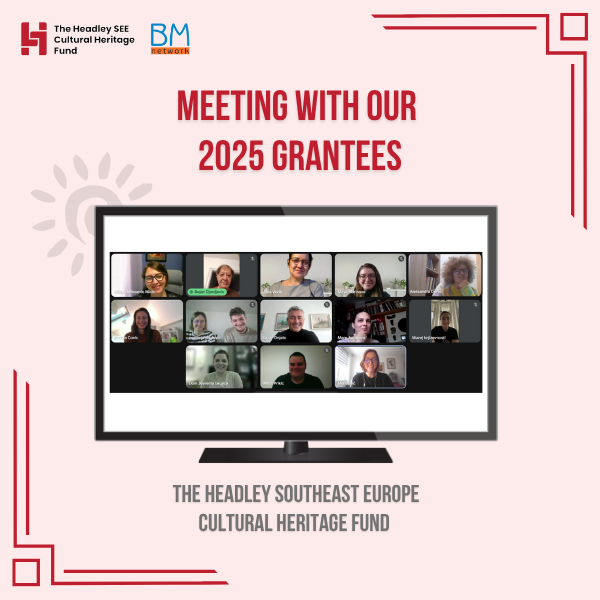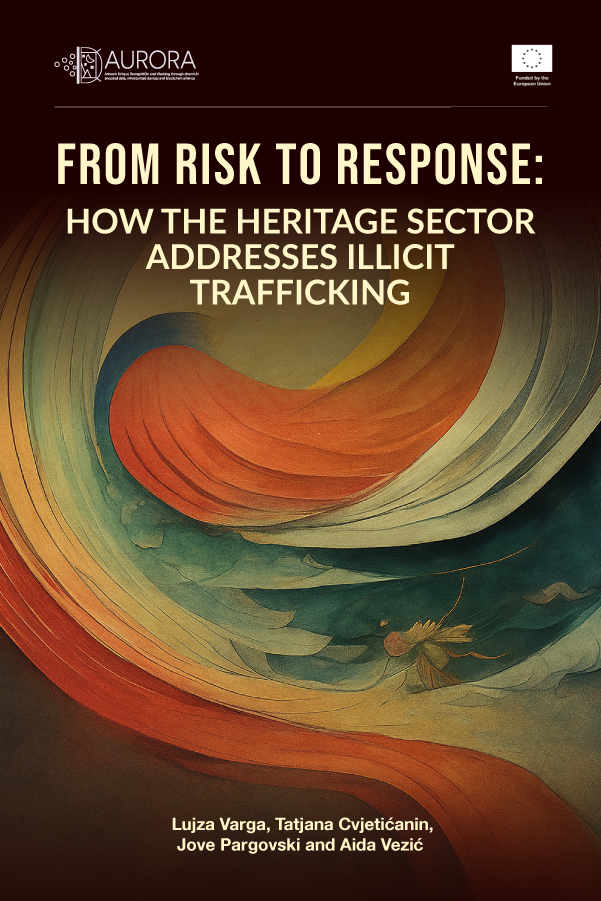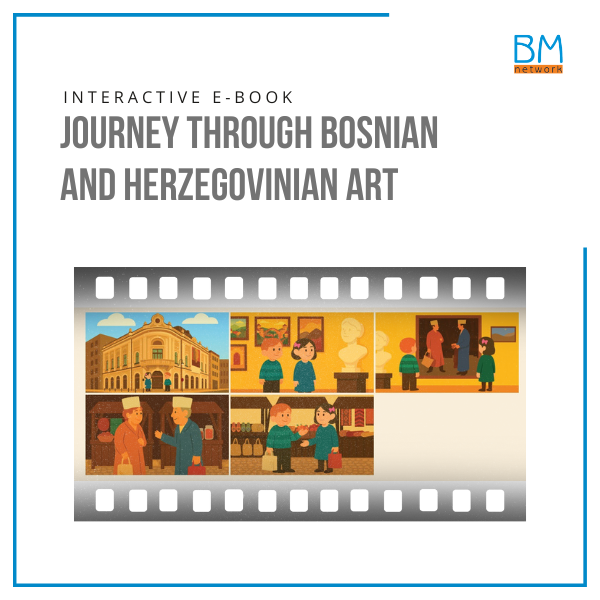Rethinking Inclusion: AI in the GLAM Sector
The SHIFT Horizon Europe project concluded with a two-day closing conference “Rethinking Inclusion: AI in the GLAM Sector” on 22-23 September 2025. This online event was designed to bring together cultural professionals, researchers, technologists, and disability advocates. The conference explored how artificial intelligence (AI) and digital technologies can drive greater
Enhancing Accessibility Through Multisensory AI Experiences
BMN Pilot at the Homeland Museum of Knjaževac, Serbia – July 30, 2025 On July 30, 2025, the Homeland Museum of Knjaževac in Serbia became a hub of innovation, accessibility, and inclusion. As part of the SHIFT project, the Balkan Museum Network (BMN) organized a pilot event that demonstrated how
Expanding Inclusion and Innovation at the Homeland Museum of Knjaževac with New Technology
The Homeland Museum of Knjaževac is redefining its role in the 21st century by integrating advanced technologies into its institutional practice, with a clear focus on accessibility, inclusion, and long-term sustainability. Through the SHIFT project—supported by the European Union’s Horizon 2020 programme and implemented by the Balkan Museum Network—as a
Advancing Digital Heritage Practices: A Review of the Webinar “Advantages of Sharing Your Collection Online”
On 18 June 2025, the SHIFT initiative hosted one of its expert-led webinars titled “Advantages of Sharing Your Collection Online”, presented by Maria Teresa Natale, senior project manager at the Michael Culture Association (MCA) and coordinator of MUSEU-HUB. This session offered valuable insights into the strategic, technical, and practical aspects
Call for applications: webinar Monetization and costs of digital assets in GLAMS
Join us in discussing monetization and costs of digital assets in GLAMS in an engaging webinar on 10 April 2025 at 14 CET (online). This webinar explores the importance of digital assets in GLAMs (Galleries, Libraries, Archives, and Museums), focusing on their financial management, funding strategies, and cost optimization. It
Webinar Series – Part 2 Speakers
Who Are the Speakers of Part 2 of the Webinar Series? INCLUSION IN MUSEUMS: PRESENTATION OF BEST PRACTICES In an era where cultural institutions are becoming more inclusive, this webinar offers a unique opportunity to hear from experts who are leading the charge in making museums more accessible for all
Using AI digital tools – Fill in the questionnaire
We invite you to take part in the SHIFT questionnaire. Your input will help shape strategies that support greater accessibility, audience engagement, and financial sustainability for heritage institutions, with a particular focus on BMN member museums and the European GLAM sector. This is your opportunity to contribute to the future
Reimagining Cultural Heritage through 3D Digitization and Gamification
As digital technologies continue to reshape our relationship with history and place, cultural institutions across Europe are increasingly exploring new tools that allow them not only to preserve but also to dynamically reinterpret and communicate their heritage. Within this context, the Horizon Europe SHIFT project hosted a timely and thought-provoking
Who Are the Speakers of Part 1 of the Webinar Series?
Who Are the Speakers of Part 1 of the Webinar Series? INCLUSION IN MUSEUMS: PRESENTATION OF BEST PRACTICES In an era where cultural institutions are becoming more inclusive, this webinar offers a unique opportunity to hear from experts who are leading the charge in making museums more accessible for all
Webinar: 3D Digitization and Gamification – powerful tools for preservation and presentation of cultural heritage
Join us in discussing gamification and using game elements in non-game contexts in an engaging webinar on 24 March 2025 at 14 CET (online). Gamification is a powerful tool for promoting and preserving cultural heritage. Through interactive content, virtual tours, and Virtual Reality, it engages wider audiences, especially younger generations,












